Engagement Ring - In Progress
Setting
Stone
Limited Time! Purchase any Engagement Ring and Receive a $250 Gift Card & Premier VIP Bundle.
We guarantee that every single purchase directly impacts one person's life by giving them access to clean water.
Sapphire is a rare, beautiful, and mega durable gemstone that comes in a variety of colors. It is a 9 on the Mohs hardness scale, making it the hardest colored gemstone out there for daily wear. And, it’s great for engagement rings! This gem comes in all the colors of the rainbow, except red, which is its cousin, ruby. Sapphire and Ruby are both part of the corundum family.
Gem Geek Moment: Diamond is pure carbon; sapphire is an aluminum oxide!

Elsa in sapphire vs diamond Elsa
Sapphire is durable, rare, super colorful, and has a royal bloodline. So, when you choose a sapphire for your ring, you’re in impeccable company. It’s not only a unique engagement ring choice, but it also shows your partner how highly you think of them. Sapphire comes in a variety of tints, too, so you can find basically any Pantone color you’re going for!
Sapphires have a rich history in engagement rings and they stand the test of time. In fact, Napoleon gave a sapphire engagement ring to his bride, Josephine, back in 1796. And, the stone remains in gorgeous condition. So, sapphires are popular for their history, their rarity, and their longevity.
Lab created sapphire means a sapphire gem that was grown in a lab, as compared with mined from the ground. High quality lab sapphires have the exact same chemical, mineral, and optical properties as natural stones. They are both aluminum oxide! One is just made by science, and the other made by nature. So, a high quality natural blue sapphire with excellent cutting will look basically identical to a high quality lab created sapphire with excellent cutting.
Scientists grow lab sapphire through flux or flame fusion method. Flux lab sapphires involves dissolving elements in a solution and letting them crystalize over time. Flux sapphires show some internal inclusions, like natural sapphires, and come in smaller sizes. Flame fusion lab sapphires are grown in larger sizes using powders and heat. These gems are flawless and come in a variety of colors.
No. Lab sapphire has the same mineral makeup as natural sapphire and is “real” sapphire. Lab sapphire is visually identical to high quality natural sapphire. In fact, it requires a gemologist to distinguish between the two! “Imitation” or “simulant” sapphire – often known as “sapphire color” – could be called “fake”. Simulated sapphire is a stone that has the color of sapphire, but is usually glass, plastic, or YAG.
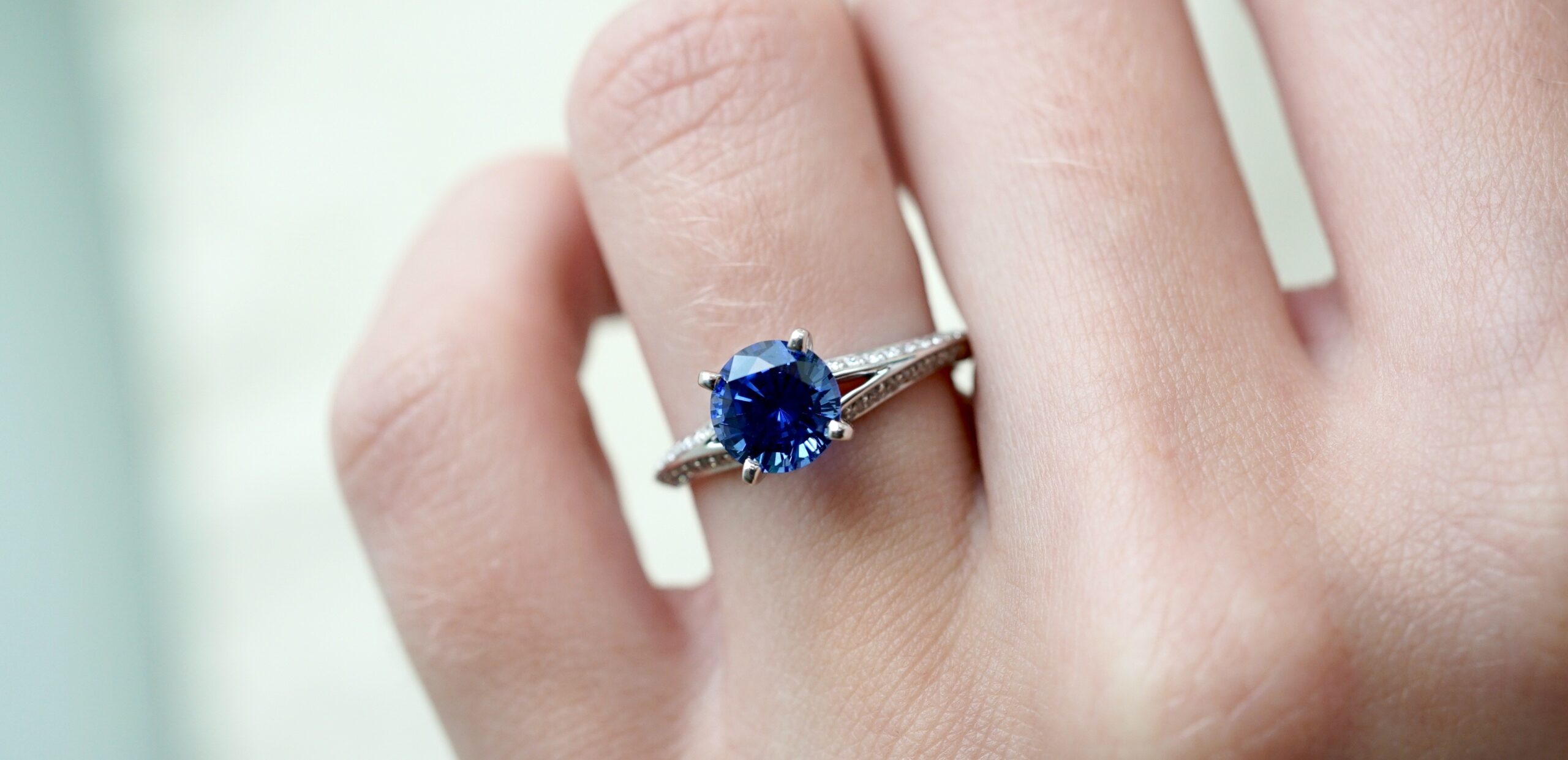
Blue sapphire in Charu
Scientists create Lab sapphire, whereas the earth makes natural sapphire. In addition, natural sapphire comes in more colors and clarities than lab sapphire. For example, lab blue sapphire will always be a pure blue, without tint. On the other hand, natural sapphire can also be greenish blue or violet blue. And lab created sapphires are often flawless, whereas natural sapphires often have microscopic flaws (“inclusions”).
Only a gemologist can tell the difference between high quality lab created sapphire and natural sapphire. Microscopic visual cues a gemologist may use to distinguish lab created sapphire from natural sapphire include locating bubbles, curved striae, or flux inclusions. Flame fusion lab sapphire also glows red under black light.
Gemologists can separate natural sapphire from lab sapphire by finding natural inclusions such as color zoning, fingerprints, or crystal inclusions. However, as natural fingerprints and high quality lab inclusions can often be very difficult to tell apart, a professional is needed! Color can also be used. For example, if the sapphire has a unique tint, odds are it is natural. Lab created sapphire come in pure colors.
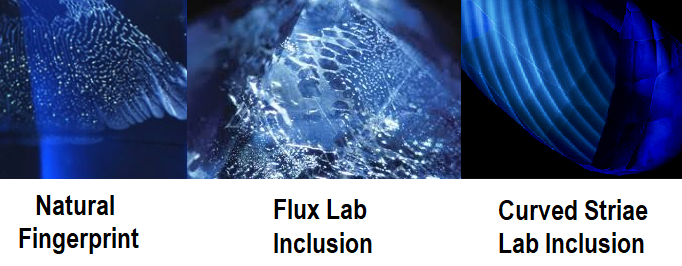
High quality lab created sapphires have a healthy secondary market. Lab sapphire that looks natural retains its value! More and more couples are opting for lab grown sapphire over natural due to their phenomenal sustainability. And, when demand increases, retention of value over time also goes up.
Yes. Natural sapphire is one of the most popular, valuable gemstones on the market. In fact, they are likely the second most popular engagement ring stone. The value of a natural sapphire depends on its color, clarity, carat weight, and treatment. The most valuable natural sapphire will have a medium vivid tone, be eye clean, over two carats, and have only heat treatment. Truly remarkable natural sapphires do not have any heat treatment whatsoever (less than 5% of stones on the market).
Pink-orange “Padparadscha” sapphire is the most rare and expensive variety of sapphire. This is followed by the rich, velvety hues of the more traditional violet blue sapphire. Both of these colors are fairly rare in nature, and their rich colors are highly sought after. And, that demand results in higher value! Because of their popularity, we offer lab grown sapphire in both of these colors, too.
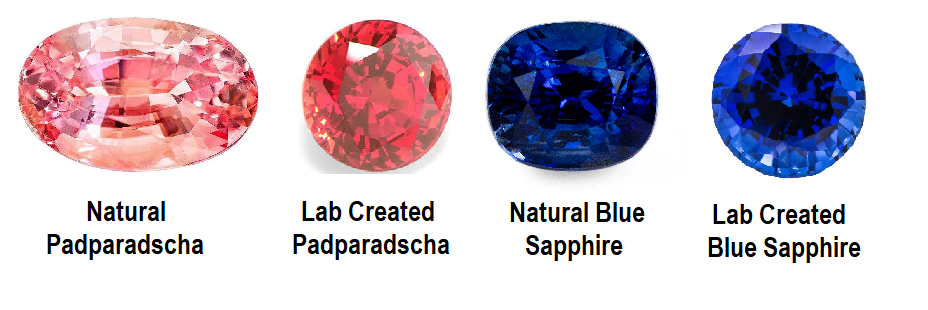
The best quality sapphire is a medium, vivid tone (meaning not too light or too dark), without gray or brown overtone. High quality lab sapphire actually shows perfect sapphire color! So, your lab created stone will be eye clean, bright, and gorgeous. And, if you are looking for a natural sapphire, checking out lab sapphire can actually be a great guide to learn about sapphire color. While that may be surprising, most people looking at natural sapphire make the mistake of looking at overly-dark stones. So, seeing high quality lab sapphire in bright color can be a huge help! Finally, sapphire is a Type II gemstone, which means natural stones usually have some inclusions (though it is possible to find eye clean stones)! Lab created sapphire should appear flawless to the naked eye.
Sapphire is most frequently cut in oval, cushion, and emerald cut shapes. And emerald cut provides the deepest color. However, lab sapphire is able to be cut in any shape you desire! Whatever shape you choose, the most important thing to look for in cut quality is evenness of facets. Sapphire is notorious for being “native cut,” which results in an uneven, lopsided appearance. So, when viewing your sapphire, imagine a dotted line down the center. The sides should be mirror images!
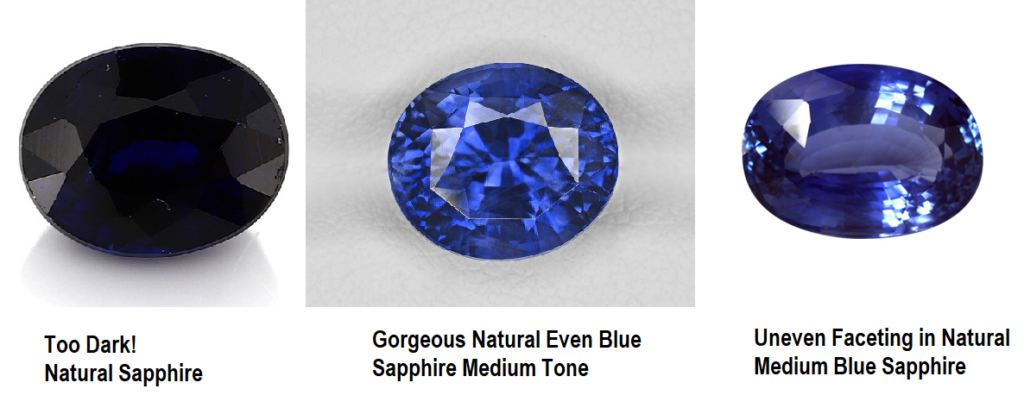
Yes, blue sapphires that are medium or light tone, eye clean, and well cut, sparkle! However, if your stone is too dark, too included, or poorly cut, it will not shine as much. This is because dark stones do not allow for light reflection as much as medium or light tones do. And, cut quality is directly responsible for light reflection and sparkle! So, always make sure your stone is bright enough and well cut! Another thing to remember is that sapphire’s sparkle is different than diamond. So, when you choose a blue sapphire, it will sparkle blue, light blue, and white. On the other hand, diamond (even blue diamonds!) will show rainbow sparkle, too.
Of course! Shoot us an email here, or drop us a note here, and we can work with you to find the perfect stone! Both natural and lab sapphires are gorgeous options. And, there’s a right pick for everyone! We can’t wait to help you build your perfect ring.
Lab Champagne Sapphire in Patronus
Verifiably Ethical & Sustainable
Guaranteed 1:1 Impact
Personalized 1:1 Customer Service
handcrafted & american-made
you before us, always
Verifiably Ethical & Sustainable
Guaranteed 1:1 Impact
Personalized 1:1 Customer Service
handcrafted & american-made
you before us, always
Thoughtfully crafted, made to last, and designed for life's most meaningful moments. LEARN MORE
Diamonds, Gemstones, & Metals
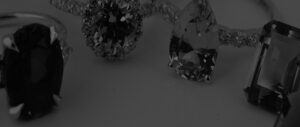
Every piece of Do Amore jewelry begins by not hurting the world. All our natural diamonds are either ethically sourced in Canada, recycled to eliminate additional demand, or accompanied by a blockchain ledger showing every hand your diamond passed through, proving your stone is truly conflict-free.
We also offer sustainable lab-created stones and guarantee all precious metals are recycled to eliminate the environmental impact of mining. Since March 2022, we carry absolutely no Russian diamonds and continue to urge the industry to follow suit.
Clean Water
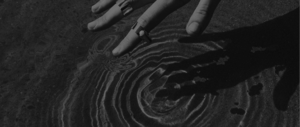
We desire to deepen the well of love in the world. We guarantee that every single purchase—whether engagement ring, wedding band, or piece of jewelry—directly impacts one person’s life by giving them access to clean water.
We do this by directly matching jewelry purchases to people in communities to ensure our funding has a one-to-one impact. We also show you the exact GPS coordinates and a photo of the water well your ring or piece of jewelry helped fund.
Customer Service
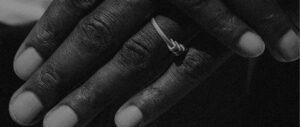
As a small, 100% founder- and employee-owned team, one-to-one encounters are at the heart of our values. Whichever way you want support throughout your engagement ring or jewelry purchase process, our team is here to accommodate you.
From high-touch to hands-off, video calls to text messages, you have our dedicated, responsive team on your side from the moment you start your search, to the day your well is built, to the time we meet again.
Engagement Rings, Bands, & Jewelry
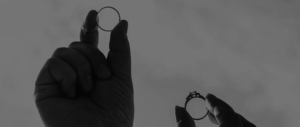
Every Do Amore design, whether one of our own or unique to you, is beautifully handcrafted in America and made specifically for you. Each ring is made to order, every time.
From classic to custom, you have the option to select from dozens of gorgeous settings or work with our design team to create something entirely bespoke. Plus, you are always covered for free inspections, polishing, cleaning, stone tightening, rhodium-plating, and resizing for life.
Our Promise

We care about what matters most to you, not what’s easiest for us. If it’s a minor change to a setting or arriving at a completely custom design, we work to ensure you get precisely what you love.
From statement-making to understated, we have options at any price point. Plus, you always have our team on your side searching to bring you every stone within your specifications. We also offer 60-day returns and a limited lifetime warranty to cover you in the rare event of a manufacturing defect.